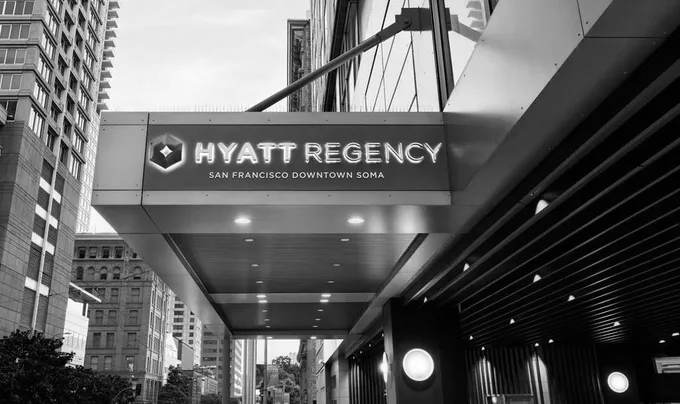Are you facing challenges in maintaining satisfaction among your SaaS customers, noticing a dip in organic growth, or experiencing increased customer churn? If so, it might be time to closely examine your SaaS billing practices to identify and rectify any mistakes potentially driving your customers away. Effective customer acquisition and retention are pivotal for SaaS businesses, and often, refining the billing process can alleviate some of the critical issues causing customer dissatisfaction.
Understanding the nuances of what your customers expect from your billing process is crucial. Customers tend to shy away from businesses that fail to transparently communicate costs or billing frequencies. If they perceive that the value provided does not justify the costs, they might turn to your competitors. Ensuring that your billing system efficiently handles payments, communicates dues, and manages customer data is vital for maintaining trust and satisfaction.
Common SaaS Billing Mistakes to Avoid
Here are seven common SaaS billing mistakes to avoid to enhance customer satisfaction and prevent potential revenue loss:
1. Building an In-House Billing Engine
While crafting a custom billing engine might seem beneficial, especially with an in-house development team, this approach can divert essential resources away from core product development. The needs for billing functions change as your product and pricing strategies evolve, potentially overwhelming your development team. Moreover, the time to market is crucial; delays in billing engine deployment can subsequently delay product launches.
Additionally, managing compliance with standards such as the Payment Card Industry Data Security Standard (PCI DSS) adds another layer of complexity that can be burdensome without specialized expertise. Outsourcing to billing experts like LogiSense ensures that your billing processes are compliant, efficient, and scalable, allowing your team to focus on product innovation and market expansion.
2. Over-Complicated Pricing Models
Complicated pricing structures can confuse potential customers, making it challenging for them to select the most appropriate plan. Simplifying your pricing model to clearly articulate the features and costs associated with each plan can enhance customer understanding and conversion rates. It’s essential to continually assess and refine your pricing strategy to align with customer expectations and business goals.
3. Failing to Notify Customers Before Billing
Surprise charges can lead to customer dissatisfaction and increased chargebacks or refunds, especially if rates have increased or billing occurs infrequently, such as with annual renewals. Proactively notifying customers about upcoming charges, particularly if there are changes in pricing, can foster transparency and trust.
4. Inadequate Billing Descriptions
Providing clear, detailed invoices is crucial, especially when charges vary due to usage-based billing. Customers should easily understand what they are being billed for to prevent confusion and potential disputes. Ensuring accuracy and completeness in billing descriptions can significantly enhance the customer experience.
5. Lacking a Robust Dunning Strategy
Effective dunning strategies are critical for managing involuntary churn due to failed payments. Automating the dunning process can help maintain revenue continuity by prompting timely customer actions for updates or payments, thereby reducing churn related to payment issues.
6. Making Cancellation Difficult
While no company wants to lose customers, facilitating a smooth cancellation process can leave a lasting positive impression, potentially leading to future re-engagement. Transparently communicating final charges and service end dates can further enhance the customer’s final interaction with your company.
7. Ineffective Reporting and Analytics
Reliable analytics and reporting are foundational for informed decision-making and strategic growth. Advanced billing systems like LogiSense provide comprehensive dashboards and reporting tools that offer critical insights into customer behavior, financial performance, and operational efficiency.
Why LogiSense is the Right Solution
Avoiding these common SaaS billing mistakes is crucial to maintaining customer satisfaction, improving retention rates, and driving growth. Implementing an automated billing system like LogiSense can streamline your billing processes, reduce manual tasks, and provide valuable insights into customer behavior and revenue trends. With LogiSense, you can ensure compliance with industry standards, simplify pricing models, automate dunning processes, and generate detailed reports that aid in strategic decision-making. Our platform is designed to grow with your business, providing the flexibility and scalability needed to meet your evolving needs.
Choose LogiSense to transform your billing function into a strategic advantage and keep your customers happy and loyal.

Monetization aficionado exploring the more advanced pricing models for the Enterprise





Leave a Reply